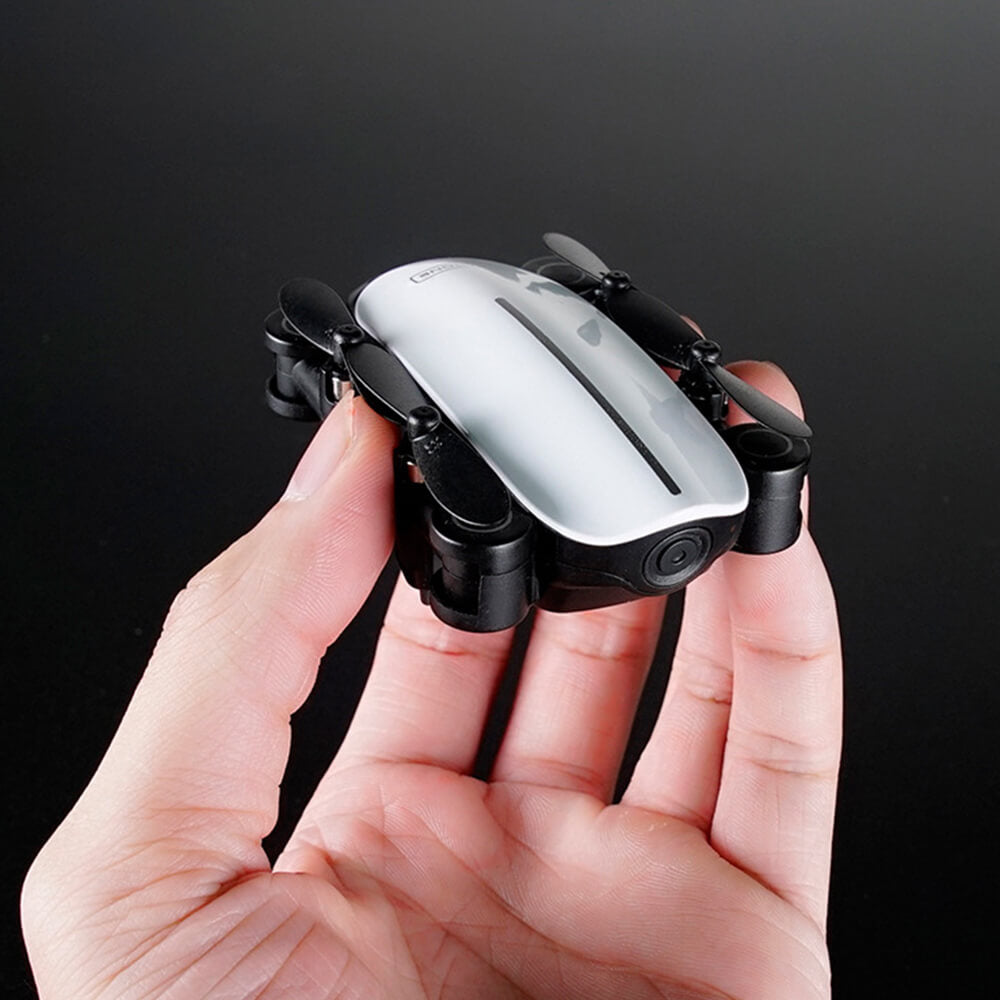
The system picks up the signal of any drones in the area and assembles a list. We were given an exclusive demonstration of the technology at a small farm just outside of Washington, D.C. What we tell the drone to do is take a safe route from where you’re at and get out of the area, land, in a location we determine you can land safely.” “The drone takes commands from our system.

Then we own the drone,” said Josh Montoya, a pre-sales engineer with the Israeli company D-Fend Solutions. “With our system, we surgically take control of the connection between the remote control operator and the drone and essentially hijack that session. One promising approach combines detection and defense: hijacking radio control signals. Small drones are often too small for radar, too cool for thermal sensors, and too soft for sound detectors. Jamming drones, or even blasting them out of the sky, might work fine over the strait of Hormuz or the desert sands of Syria, but it’s a tricker proposition in the cities where the military expects to fight. forces and facilities remains the responsibility of installation commanders,” it reads. “Until they are implemented, the burden of tactically detecting and identifying anomalous systems in the vicinity of U.S. But that is years away, and in any case, doesn’t apply overseas. In the U.S., at least, this will eventually be aided by the Federal Aviation Administration’s efforts to build a next-gen Aircraft System Traffic Management System. The military must aim to “adopt a posture of anomaly detection by seeking ways to highlight abnormal behavior,” the strategy says. The JCO’s new strategy looks ahead to an era when commercial drones will fill the skies over cities, and defenders will have to spot the ones that are acting strangely. The real problem will be staying ahead of these trends. He said the JCO’s “enterprise” approach should help to fix that, allowing a much more organized development of counterdrone tech that’s better matched to current intelligence and technology trends. “We never followed up” on maturing the technology that worked, he said. Even the best and promising solutions couldn’t meet their fullest potential in such an environment. (The system was mounted on a truck on the deck of the USS Boxer.) But the services’ hurried, disorganized efforts produced “several redundant systems” and “not all of it worked as advertised,” Gainey said. Such efforts managed to field a few systems, like the Marine Air Defense Integrated System that the Navy used in July 2019 to down an Iranian drone. Sean Gainey, who leads the 60-person JCO, told a CSIS audience recently. The office was established after individual services had spent “a couple billion dollars” to develop and deploy counter-drone tech, Army Maj. 11.įuture counter drone efforts will be coordinated by the year-old Joint Counter Small Unmanned Aerial System Office, or JCO, which released its first strategy document on Jan. But the Pentagon will spend $404 million - almost four times as much - to develop new anti-drone defenses, the Congressional Research Service reported Jan.

By year’s end, the destroyer Preble will get a 60-kilowatt laser and an optical dazzler, while the Air Force will deploy a Tactical High Power Microwave Operational Responder, or THOR. military plans to spend $83 million this year to buy lasers, electromagnetic devices, and other means to take down small drones. It just becomes very hard when you start talking about swarms of small drones. “Counter drone, we’re working the same path everybody else is working in terms of soft skills and hard kills via a variety of different weapons systems. John Murray, who leads Army Futures Command.

“Drones and most likely drone swarms are something you’re going to see on a future battlefield.I think we’re already seeing some of it,” said Army Gen. This year, trends in autonomy will reshape drone capabilities and concepts, making them more offensively useful and even harder to defend against. military that grows in importance as the objects themselves diminish in size. As drones become smarter, cheaper, more nimble, easier for rogue adversaries to acquire and more advanced adversaries to evolve, they pose a unique threat for the U.S.


 0 kommentar(er)
0 kommentar(er)
